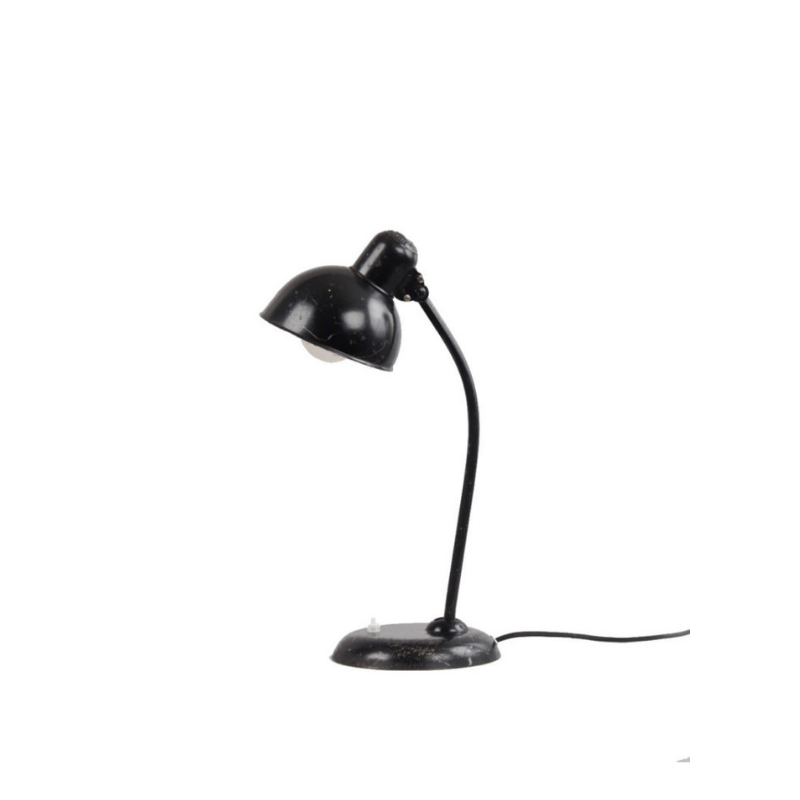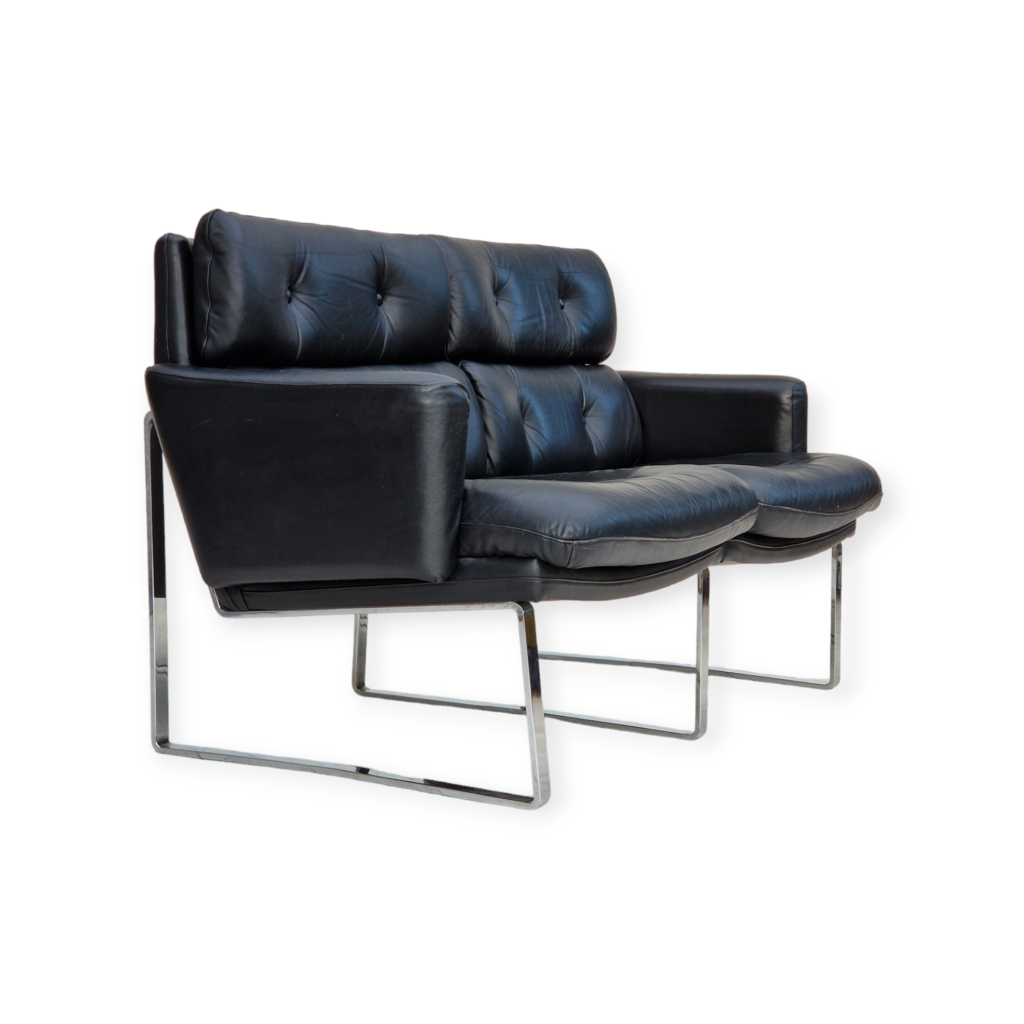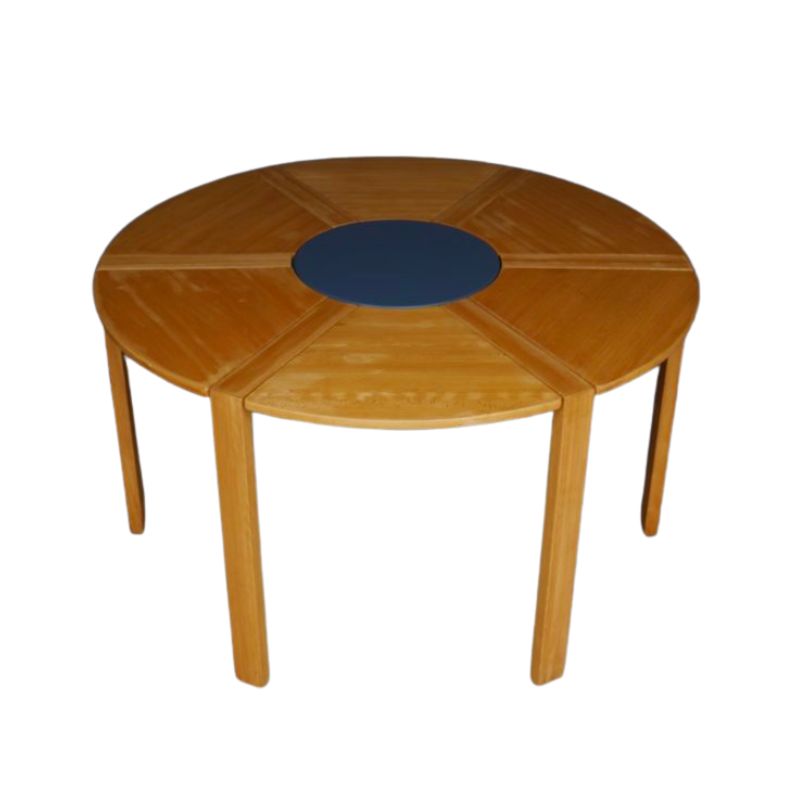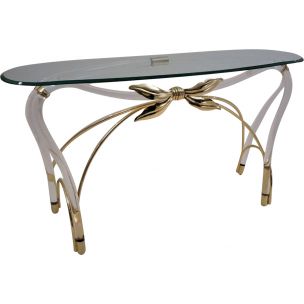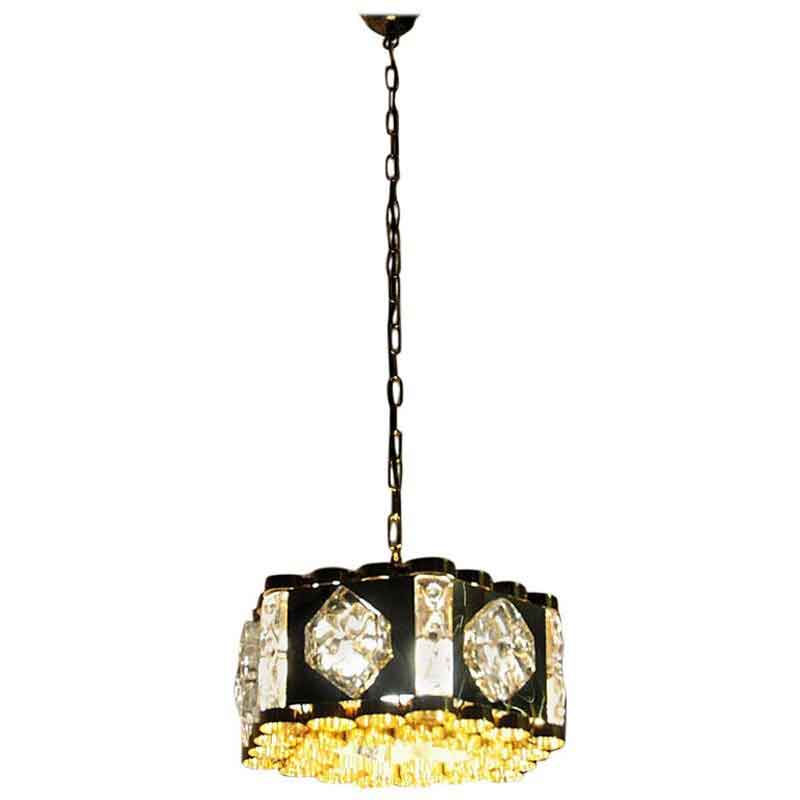You're right.
They do appear similar. Your back exhibits a deeper redish color with purple-brown streaks that I would expect to see in rosewood. The seat, perhaps not so much, but, instead, displays nice figure. That's sort of the nature of the material. Every piece has unique qualities. Nice chair either way.
Yeah, I got the
same effect, for a minute, after you mentioned it. But both backs are correctly installed. I think the difference is that one's "smiling" and one "frowning," due to the position of the camera . . .
The Eames Collection chair is shot in such a way that we see the screw pattern on the bottom of the seat. Unique !
Interesting to see that both examples of the rosewood chair seem to have a yellower seat and a redder back. I wonder if the difference in orientation (horizontal vs vertical) could have resulted in different daylight-fading -- on both chairs ?
Although I cannot
authoritatively cite the mechanisms which account for fading or darkening of wood under the influence of light (either natural or artificial, direct or indirect) and/or atmospheres of different kinds, experience has taught me to play it safe. That is, I have seen cherry or Douglas fir darken noticeably in a couple of hours when exposed to sunlight; this becomes a problem when a panel or part is only partially exposed, leaving a "shadow" of lighter wood which can only be corrected by carefully reversing the exposure for an equal length of time -- or perhaps by further sanding of the piece, although this doesn't always work.
The problem is analogous to the effect of removing framed art from a papered wall and exposing lighter rectangles to view.
.
BRDF, comes in handy for 3d modelling, a bit to wrap your head around though, and almost as difficult to get right as working with this bitching species (Eucalyptus regnans)which even when lengths are cut from the same board will display this variation when oriented differently.
http://www-modis.bu.edu/brdf/brdfexpl.html
If you need any help, please contact us at – info@designaddict.com



